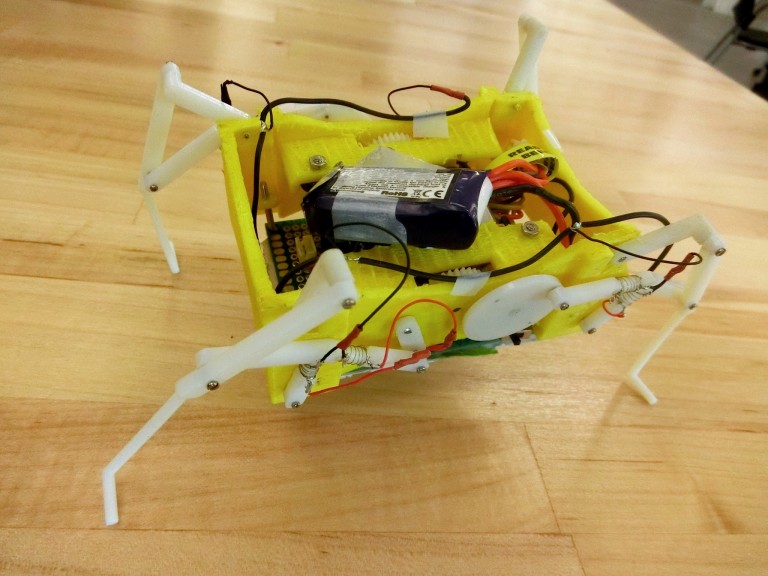It can produce different walking styles by melting and then re-solidifying its structure, helping it get around obstacles.
How it works: This small, four-legged robot has a 3D-printed plastic structure with “shape-morphing joints” that can be selectively melted and hardened to optimize its legs for different motions. A wire that heats up when a voltage is applied is wrapped around the joints. It takes about 10 seconds for them to soften. The simple system lets the robot switch between a number of different leg positions to let it climb over, or lower itself beneath, obstacles.
Potential uses? The system could improve robots’ capabilities without adding cost, weight, or complexity, its creator, Jianguo Zhao at Colorado State University, tells IEEE Spectrum. One day, something similar could be useful for robots that need to adapt to different or tasks, such as environmental monitoring.
You can watch a video of the robot here.
This story first appeared in our newsletter The Download. Sign up here to get your daily dose of the latest in emerging tech.

